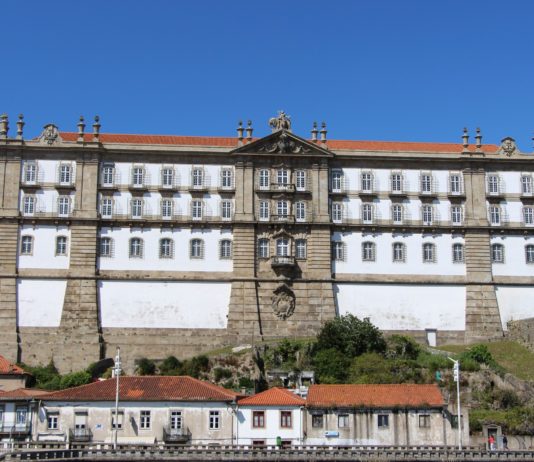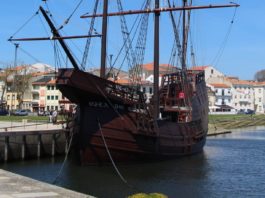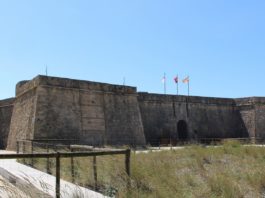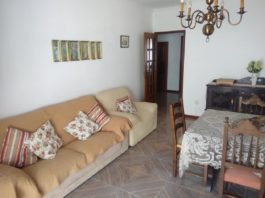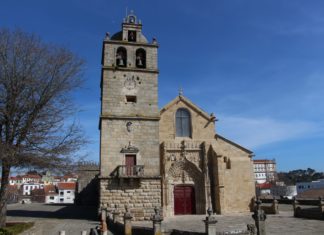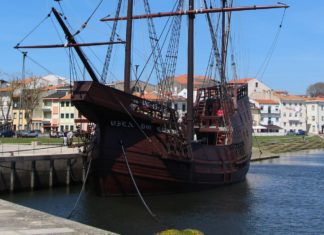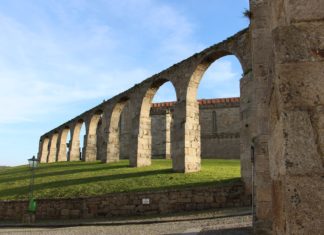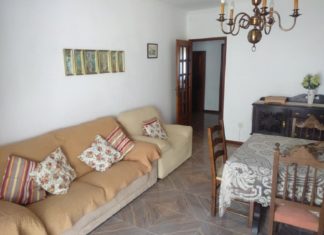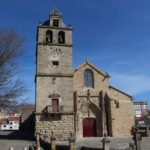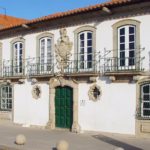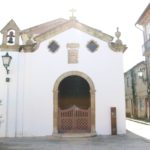What to Visit
Places of Worship
Vila do Conde, due to its millennial history, is surrounded by many religious buildings with different architectural styles and invocations. Find here the religious places that you can visit in Vila do Conde.
Where to Eat
Restaurante Praça Velha
A cozy and family-run restaurant.
Traditional Portuguese cuisine, served with elegance and quality.
Mondays to Fridays with a daily special menu.
Tuesdays to saturdays dinner à la carte.
Where to Stay
Apartamento Soares
Apartamento Soares is a local lodging facility just a couple of minutes away, by foot, from Vila do Conde's main beach, the Tourism Beach (Praia do Turismo), also known as Bathing Beach (Praia de...
Weather
Vila do Conde
broken clouds
19.8
°
C
21.2
°
17.2
°
96 %
1.2kmh
60 %
Sat
20
°
Sun
21
°
Mon
28
°
Tue
20
°
Wed
20
°
What to Visit
Places of Worship
Vila do Conde, due to its millennial history, is surrounded by many religious buildings with different architectural styles and invocations. Find here the religious...
Submonastery House (Municipal Auditorium)
The Submonastery House, also known as Manor of the Vasconcelos, was built in the second half of the 18th century. This family kept the...
Chapel of Saint Benedict
In a small area formed by the meeting of Rua de São Bento and Rua dos Prazeres stands the Chapel of Saint Benedict (Capela...
Matrice Church
Vila do Conde's Matrice Church (Mother Church - Igreja Matriz), dedicated to St. John the Baptist, was started to be built in the last...
Municipal Youth Center
The building of Vila do Conde's Municipal Youth Center was built in 1917, on the initiative of the Beach Advertising Society, in order to...





